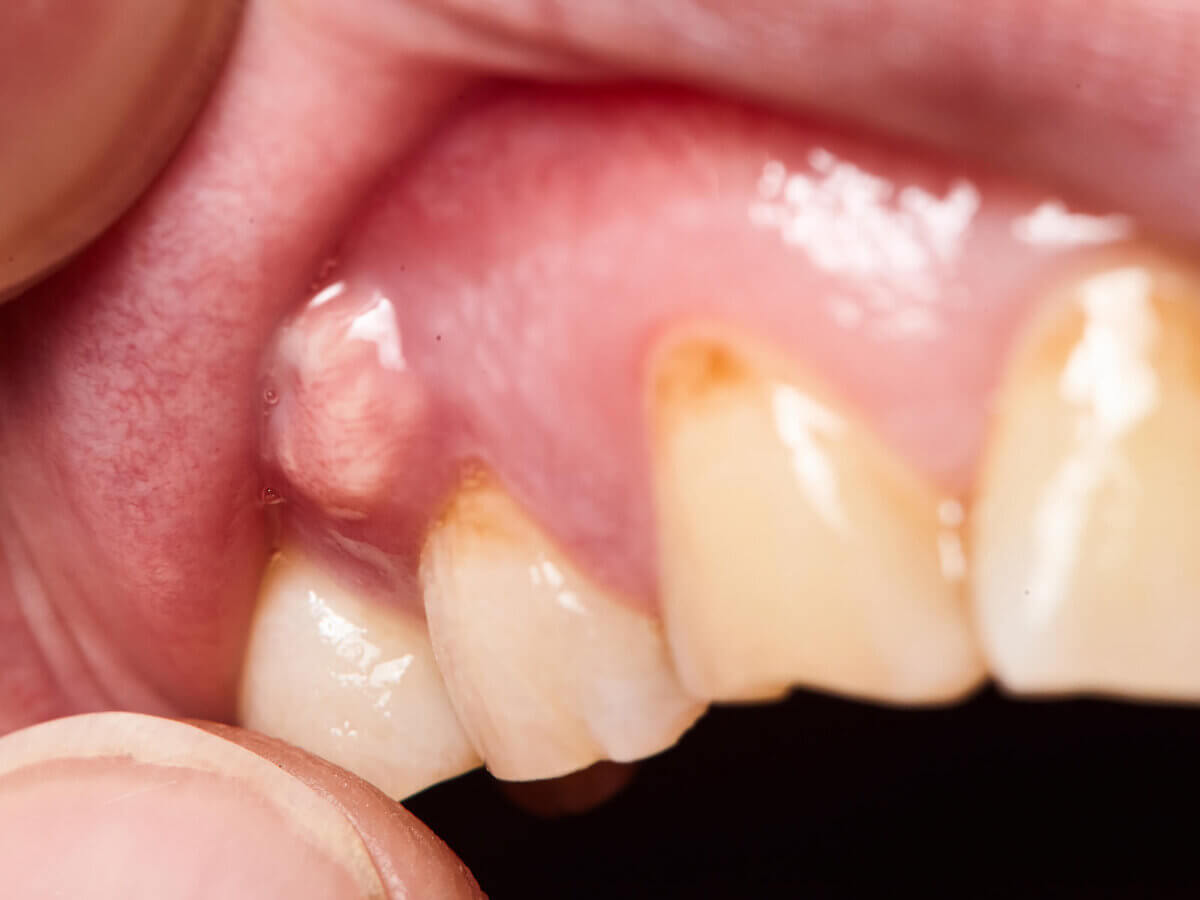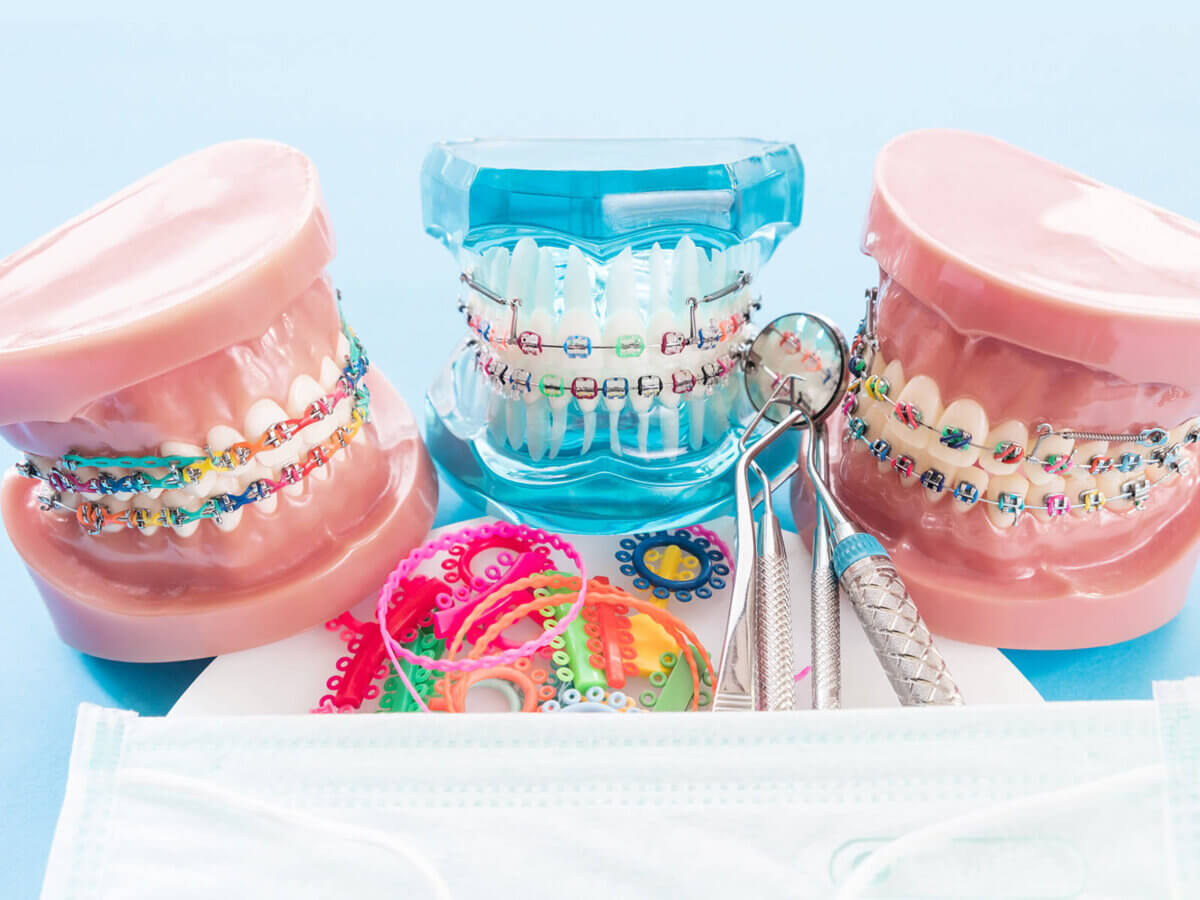A tooth abscess, a bacterial infection resulting in a pus-filled pocket, demands immediate attention as it can escalate into a dental emergency. Beaumont Dentist, TX, underscores the importance of quickly recognizing warning signs and addressing the dangers of a tooth abscess. This article delves into the critical aspects of tooth abscess emergencies, highlighting how to identify risks and take swift action to safeguard oral health.
Understanding Tooth Abscess Danger Signs
Persistent Toothache:
- Significance: A continuous, throbbing toothache, particularly when accompanied by swelling, may signal an abscess.
- Action: Seek emergency dental care from your dentist to assess the severity and determine the appropriate treatment.
Swelling of the Face or Jaw:
- Significance: Swelling in the face or jaw, especially if it expands rapidly, suggests an abscess.
- Action: Immediate consultation with dental professionals is crucial to identify the cause of the swelling.
Sensitivity to Heat and Cold:
- Significance: Increased sensitivity to temperature changes and discomfort could indicate an abscess.
- Action: Notify your dentist of any sensitivity changes for a thorough evaluation.
Pimple on Gums (Gum Boil):
- Significance: A pimple-like lesion on the gums may denote an abscess draining.
- Action: Immediate contact with your dentist is essential to prevent the spread of infection.
Fever and General Malaise:
- Significance: Systemic symptoms such as fever and a general feeling of unwellness often accompany severe tooth infections, highlighting the urgency for care.
- Action: Report these symptoms to the dentist promptly for a comprehensive assessment.
Risks Associated With Dental Abscess
Risk of Infection Spread:
- Untreated tooth abscesses can disseminate infection to adjacent tissues and into the bloodstream. Systemic infections pose significant health risks, necessitating early intervention by the dentist.
Formation of Dental Cysts:
- Risk: An abscess left untreated may lead to cyst formation, causing further dental complications.
- Consequence: Cysts might require surgical removal, underscoring the importance of early abscess treatment.
Tooth Loss:
- Untreated abscesses can lead to irreversible damage to the tooth, potentially resulting in tooth loss.
- Consequence: Your dentist may need to explore restorative treatments or extractions if tooth loss occurs.
Impaired Oral and Overall Health:
- Neglecting dental abscesses endangers both oral health and general well-being.
- Consequence: Prompt treatment by a dentist mitigates these risks.
When is a Tooth Abscess Considered a Dental Emergency?
- Severe Pain and Swelling: These symptoms necessitate emergency dental care.
- Difficulty Swallowing or Breathing: Swelling that impedes swallowing or breathing requires immediate attention.
- Visible Pus Drainage: Pus drainage signifies a need for emergency dental intervention to manage infection and drainage.
Seeking Urgent Dental Care
- Accessibility: Contact your dental office immediately for an emergency appointment.
- Communication: Share your symptoms, including pain intensity, swelling, and other systemic signs.
- Emergency Treatment Options: Emergency care may involve pain management, abscess drainage, and comprehensive evaluation to control infection and alleviate discomfort.
Prevention and Aftercare
- Preventive Measures: Adhere to routine dental check-ups and maintain proper oral hygiene practices.
- Aftercare Recommendations: Follow all prescribed medications and aftercare instructions for complete recovery.
Conclusion
A good dentist recognizes the seriousness of dental abscesses and stresses the importance of early detection and intervention. Being aware of warning signs, understanding the risks, and seeking prompt treatment for dental emergencies are crucial steps in preserving oral health and preventing severe outcomes. Trust us for expert management of tooth abscess emergencies and prioritize your oral health even in urgent situations.





